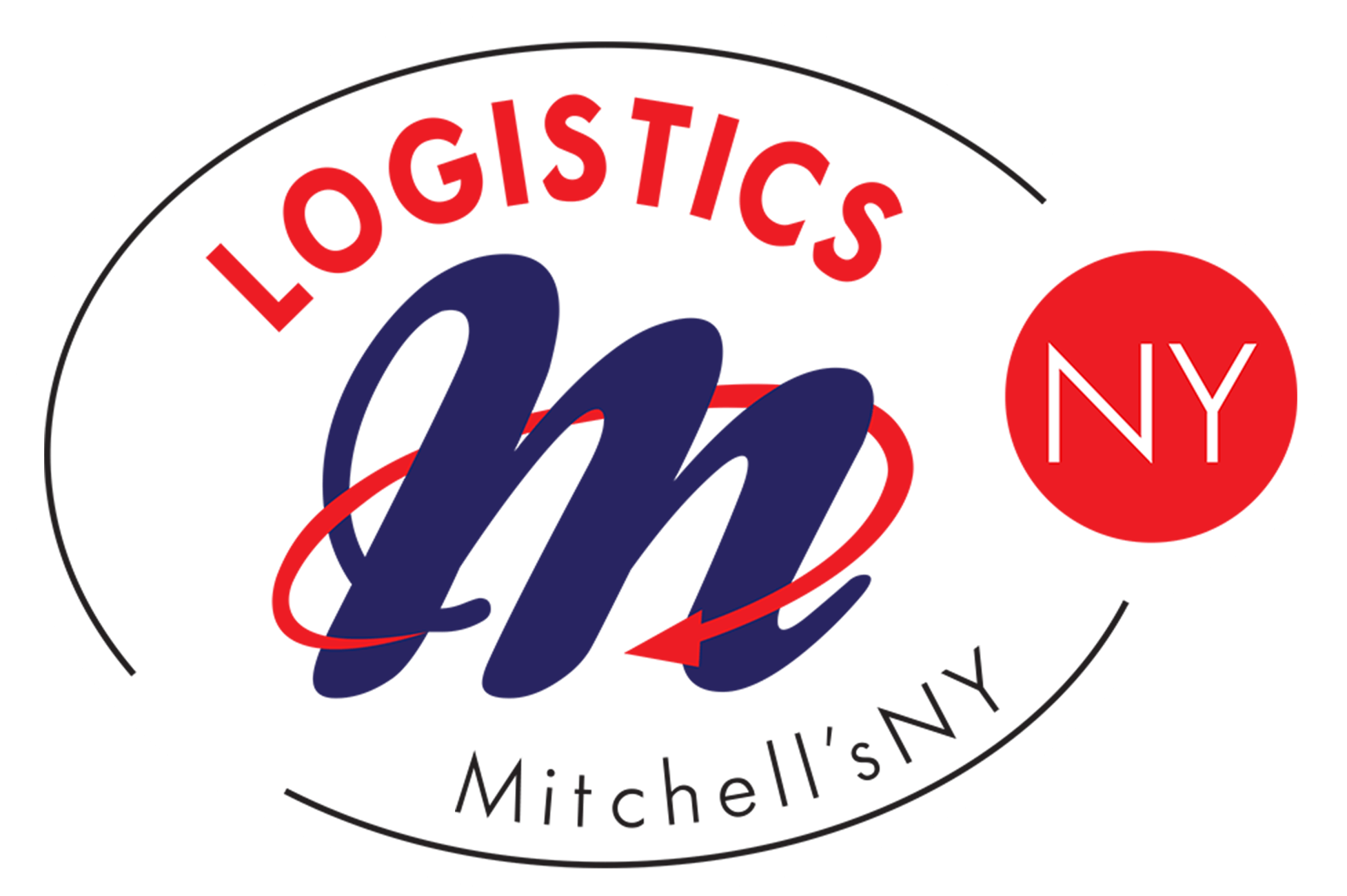Ensuring that hospitals and clinics have the necessary medical supplies and equipment is essential for providing quality patient care. But organizing and managing inventory can be challenging, especially in healthcare settings where every piece of equipment must be accounted for.
Logistics and supply chain management solutions can help improve tracking and ordering processes, reducing the chances of running out of critical medical supplies. By improving medical logistics, we can ensure that patients receive the best possible care.
What is healthcare logistics, and what does it involve?
Healthcare logistics and supply chain management is a critical component of the healthcare system, ensuring that patients receive the right treatments and medications in a timely manner. It involves coordinating various activities, including the procurement of medical supplies, the transportation of patients and medical records, and the distribution of pharmaceuticals.
Healthcare logistics requires a well-designed infrastructure and strong communication between all parties to function effectively. By streamlining the flow of information and goods, medical logistics can help improve patient care quality while reducing costs.
Are there specific rules and regulations for shipping medical supplies?
Shipping medical supplies is a complex process that is regulated by a number of different rules and regulations. The first step is to ensure that the supplies are properly packaged and labeled. All medical supplies must be clearly labeled with the name and address of the sender, as well as the name and address of the intended recipient. In addition, all packages must be clearly marked with the words “Medical Supplies” to ensure that they are not confused with other types of shipments.
Once the package is properly labeled, it must be placed on a pallet and shrink-wrapped to protect it from damage during transit. The pallet must then be loaded onto a truck or container for shipment.
After the shipment arrives at its destination, the receiving party must inspect the contents of the package to ensure that everything is in good condition and that all of the required documentation is included. Only then can the medical supplies be released for use.
How can medical logistics improve patient care and safety?
By optimizing the flow of goods through the healthcare system, healthcare logistics and supply chain management can improve patient outcomes and save lives. They help ensure that patients receive the correct medication, in the proper dosage, at the right time. They also help track medical supplies and keep inventory levels up to date. In addition, medical logistics can help reduce costs by ensuring that medications are used efficiently and that supplies are not wasted.
As healthcare costs continue to rise, the role of medical logistics will become even more critical. By improving patient care and safety while also reducing costs, medical logistics can help to make healthcare more affordable for everyone.
What are the key trends in medical logistics that businesses should be aware of to stay ahead of the curve?
As the healthcare industry continues to evolve, so too does the field of medical logistics. Businesses need to be aware of the following key trends to stay ahead of the curve:
1) Increased focus on patient safety and satisfaction: With the rise of patient-centric care models, there is an increased focus on ensuring that patients receive the medications and treatments they need safely and promptly. This has led to a greater emphasis on supply chain management and tracking, as well as on developing new technologies such as barcoding and RFID tagging.
2) The globalization of healthcare: As the world becomes increasingly interconnected, so too does the healthcare industry. This globalization is resulting in an increase in cross-border shipments of medical supplies and pharmaceuticals. Businesses must be prepared to navigate a complex web of customs regulations and tariffs To meet the needs of their international customers.
3) The rise of e-commerce: The growth of e-commerce is transforming the way medical supplies are bought and sold. Online marketplaces are making it easier for buyers and sellers to connect while providing a convenient platform for comparing prices and researching products. As a result, businesses must be prepared.
What are some challenges faced by medical logistics providers, and how do they overcome them?
Medical logistics providers face a unique set of challenges when transporting medical supplies and equipment, but with careful planning and execution, these challenges can be overcome.
The first challenge is ensuring that the supplies and equipment are delivered on time and in good condition. This can be difficult, as medical supplies and equipment are often delicate and require special handling.
Another challenge is keeping track of all the supplies and equipment and their location at all times. This is essential for ensuring that everything arrives at the right place and time. Medical logistics providers overcome these challenges by using sophisticated tracking systems and working closely with their clients to ensure that all the necessary details are taken into account. Doing so can provide a vital service to the medical community.
What are some benefits of using a 3PL provider for medical logistics needs?
One of the main advantages of using a third-party logistics (3PL) provider for medical logistics needs is that it can help improve efficiency and save costs. 3PL providers have access to a wide range of resources and technologies that can be used to streamline the logistics process.
In addition, 3PL providers are experts in managing complex supply chains and thoroughly understand the latest regulatory requirements. As a result, they can provide valuable guidance and assistance in ensuring that medical supplies are delivered in a timely and efficient manner.
Another benefit of using a 3PL provider is that it can help to improve customer satisfaction. 3PL providers typically have a team of dedicated customer service representatives who are available to answer any questions or concerns that may arise. This can be a valuable resource for medical office staff who may not have the time or expertise to deal with complex logistics issues. Overall, using a 3PL provider can help to improve the efficiency and effectiveness of medical logistics operations.
Ship medical supplies throughout NYC and beyond with Mitchell’sNY Logistics
Healthcare logistics and supply chain management is critical in the healthcare industry. Patient care can be improved by ensuring that medical supplies and equipment are delivered timely and efficiently to healthcare facilities. Working with a reputable and experienced healthcare logistics company can help make sure that your hospital or clinic has access to the essential medical supplies needed to provide quality care to patients.
At Mitchell’sNY Logistics we have 20 years of experience supplying hospitals and clinics with the medical supplies they need. We understand the importance of having reliable and efficient healthcare logistics, and we are committed to providing our clients with the best possible service. Let the experienced team at Mitchell’sNY Logistics protect the health and safety of your customers by handling all your pharmaceutical shipping needs. Contact us today for a free quote to learn more about how we can serve you.





